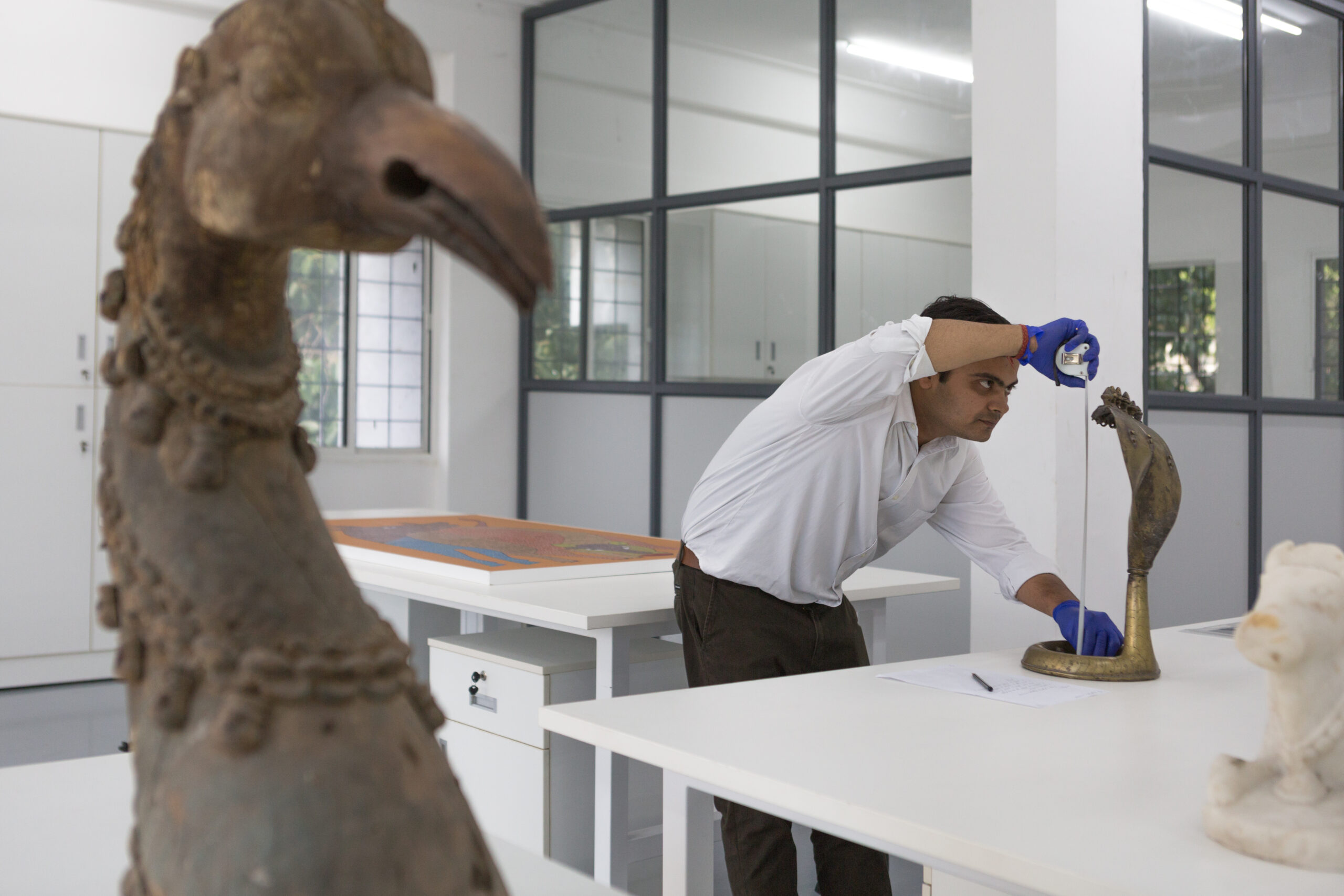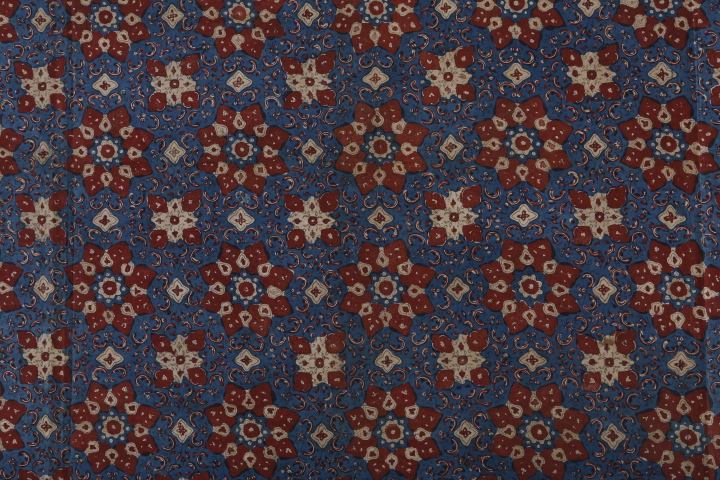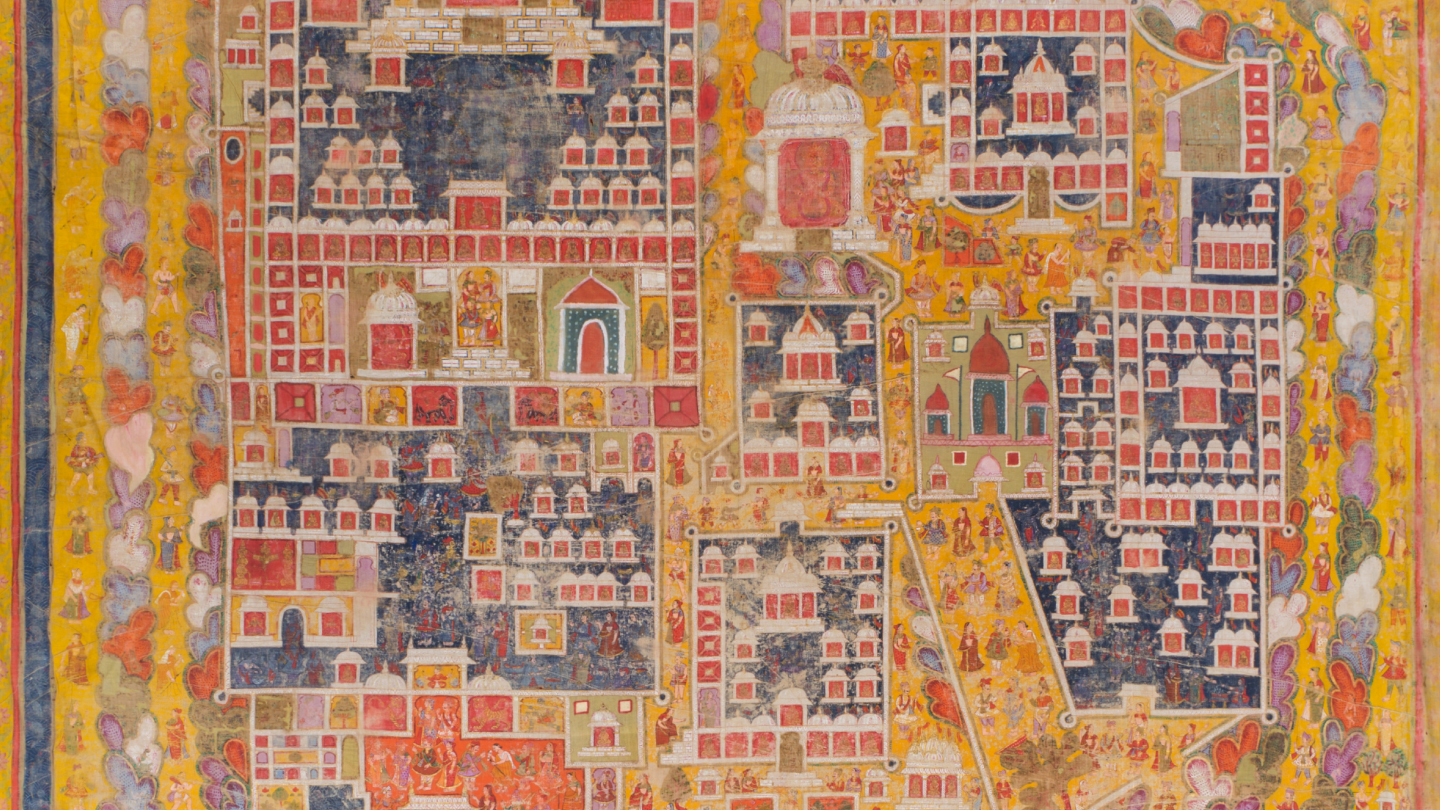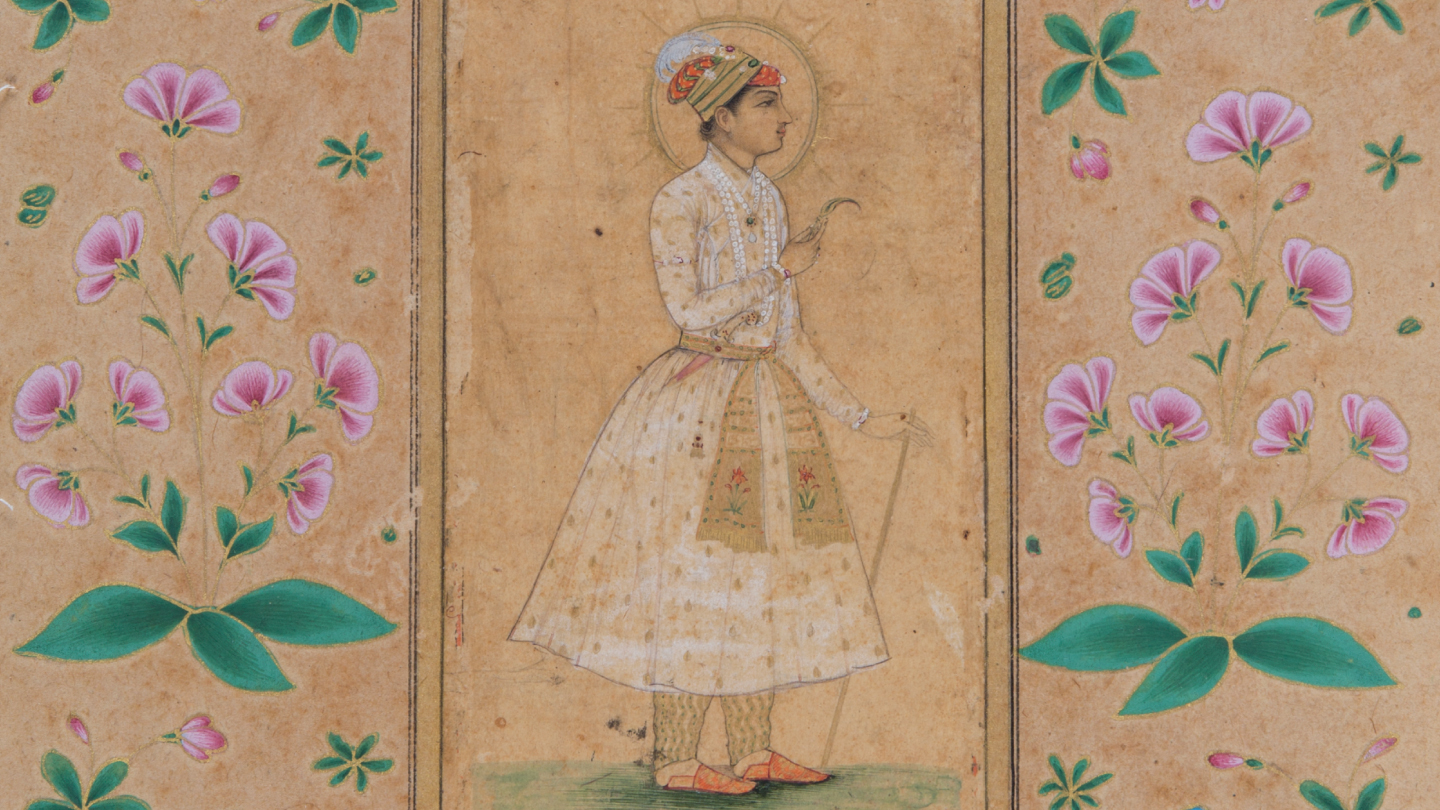Blogs
A Bold Fusion of Art & Photography
Rahaab Allana
The small format flat image against a shallow ground, as well as the use of intricate, miniature-like renditions and decorations, illustrated by the thriving trade of the tinted photograph, became popular with time, expressing a bold fusion of fine art and photography.
The history of the painted photograph in India addresses the ambiguity about ‘artists’ and ‘photographers’, wherein the photographer assumes the role of a portrait artist, while the artist, that of a draughtsman. The traditional format of portraiture seen in folk art, enmeshed with photography, presents a compelling moment for photographers, who now invest their monochrome images with life-like and often hyper-real colours, and who further invite the participation of local and professional artists. This dissemination of carefully staged imagery gradually develops with exchanges between smaller towns, traditional ateliers and emerging city studios. The idea of having hereditary artists and now photographers in India, does not preclude originality, nor suggest stagnation, but rather continuity in an arts tradition. Similarly, the small format flat image against a shallow ground, as well as the use of intricate, miniature-like renditions and decorations, illustrated by the thriving trade of the tinted photograph, became popular with time, expressing a bold fusion of fine art and photography.
As a unique example, the temple portraits from the region of Nathdwara in Rajasthan facilitated a form of darshan, inspired by the ras lila performances at Brindavan as well as chromolithography popularised by the Ravi Varma Press, where photography allowed a new yet familiar kind of relationship to Shrinathji (Krishna). It permitted the viewer or wealthy patron to assume that they were paying homage within a photographic space, securing the idea of manoratha by interpolating the faces of the goswamis or priests and the devotees within the same frame.








